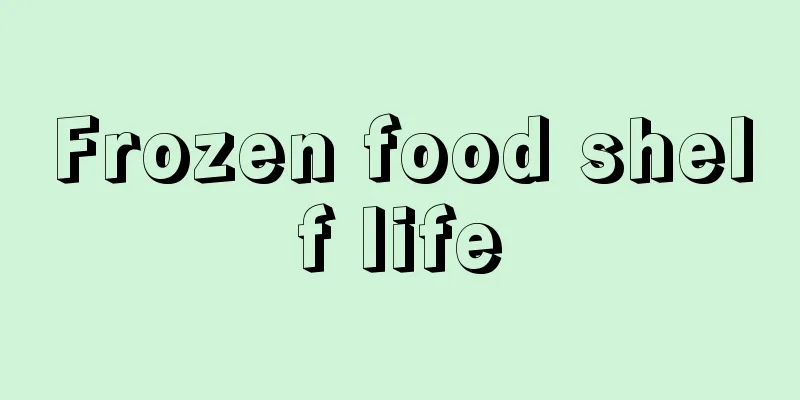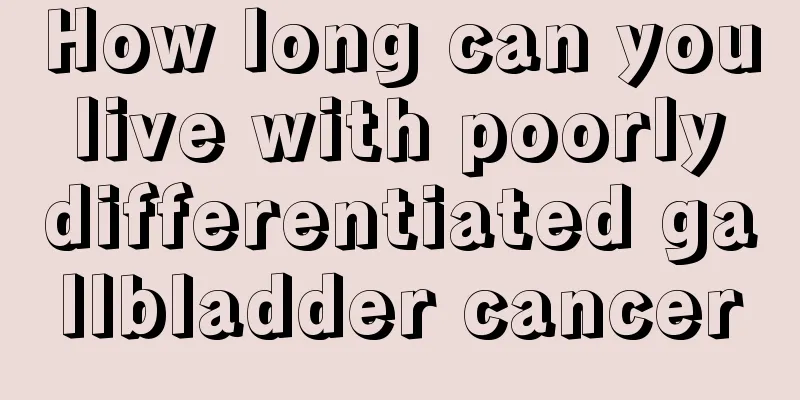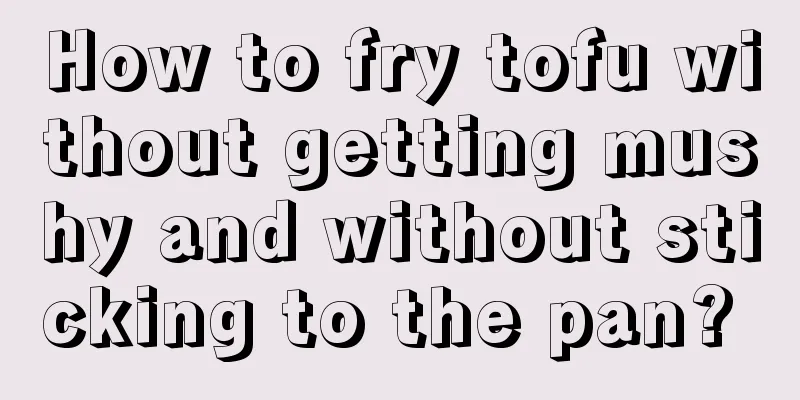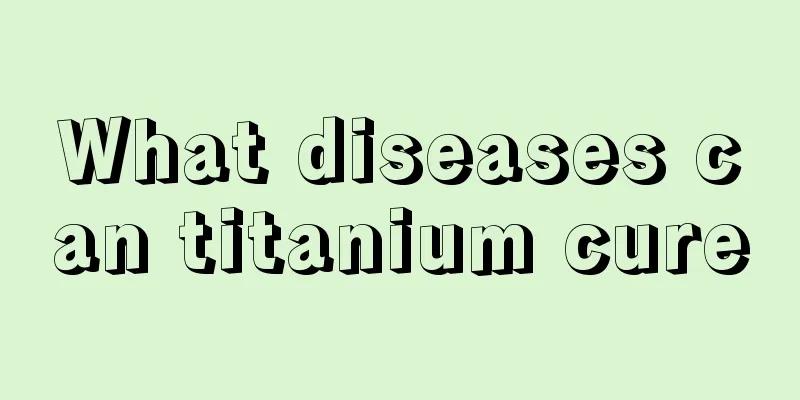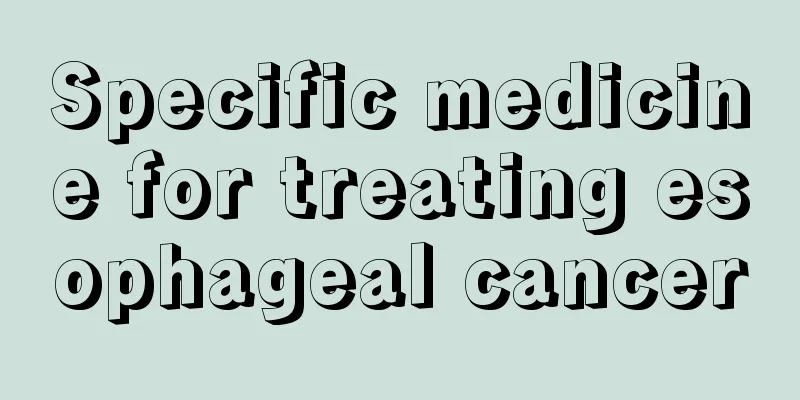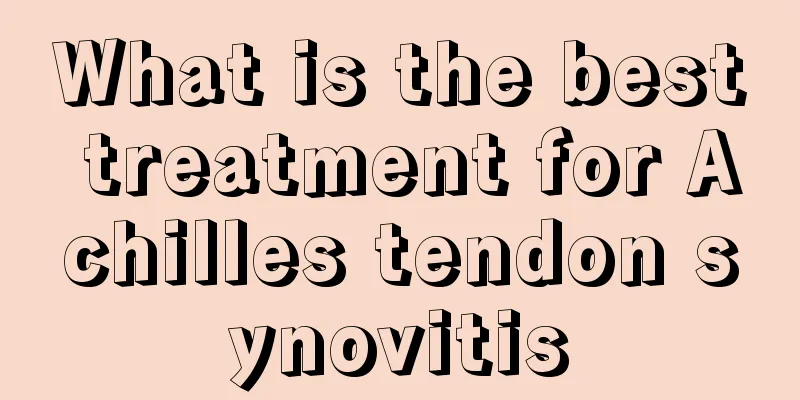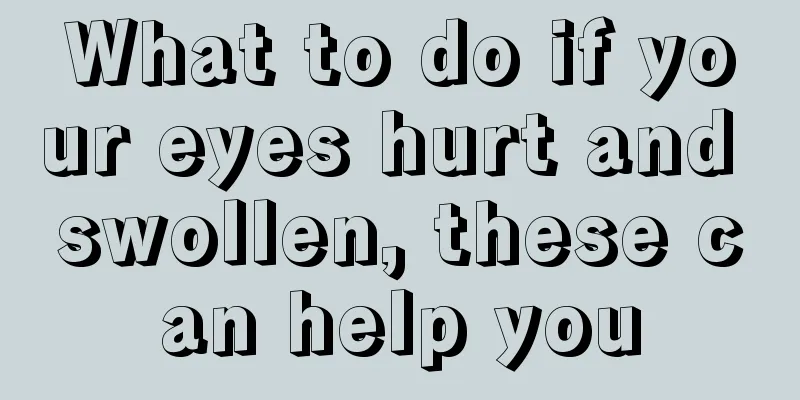Does it hurt to wear braces?

|
When you first wear braces, you will feel uncomfortable and some people will feel pain. This is normal. Don't be anxious at this time. This discomfort will gradually ease after a period of time. Of course, you must understand some precautions when wearing braces, such as not eating hard foods, especially when you first wear braces. You must eat a light diet and eat some semi-liquid foods, etc. Is it painful to wear braces? Your teeth will be separated before you get your braces, which will take about a week. Teeth separation means stuffing something into the gap between the big teeth. As the name suggests, it creates a gap between the teeth because "tooth rings" need to be put on the big teeth to fix the braces. The gums will swell and ache when teeth are separated and in the early stages of wearing braces. The extent of the swelling and pain depends on the individual. My reaction was quite intense. In fact, wearing braces is not painful. What hurts is the preliminary preparation for wearing braces, such as separating the teeth. Another thing is that sometimes your teeth may be too big for the braces to fit, so some of them have to be ground off. It doesn't hurt, but it is uncomfortable. Notes: 1. Foods to avoid during correction Hard foods, such as nuts, hard candies, popcorn, hard biscuits, shrimp shells, etc. At the same time, you should also pay attention to avoid bad habits such as biting pens and nails, which will cause the braces to loosen and deform, affecting tooth correction. For foods that are too sticky, such as milk candy, maltose and biscuits, you should chew sugar-free gum. Because these will stick the braces and correction wires together and cause displacement. For large foods, such as whole apples and carrots, cut them into small pieces before eating. Overly sweet foods, such as candy, biscuits, cola, fruit juice and other high-sugar foods that may cause tooth decay should be avoided as much as possible. Fruits, vegetables, etc. can be chosen as substitutes. 2. Foods to eat during the correction process Vegetables and fruits. The intake of vegetables and fruits can account for 1/2 of the total daily food intake (if they are too large, they should be cut into small pieces). The vitamins rich in vegetables and fruits can reduce oral ulcers and angular cheilitis that people undergoing correction may often suffer from. Grapes, strawberries, tomatoes, spinach, etc. are rich in vitamin C and can be consumed in moderation; grains, dairy products, and protein are essential for balanced nutrition and help with tooth correction. |
<<: How long do braces usually last?
>>: Can I drink alcohol with braces?
Recommend
What are the symptoms of shrimp allergy?
In fact, many of our friends are allergic to seaf...
Treatment of meniscus tear of the knee
In fact, many people nowadays do physical labor, ...
What are the dangers of eating ice cream
Ice cream is a great summer refreshment because i...
What causes prostatitis cysts
Prostatitis cysts may be caused by a combination ...
The specific causes of rectal cancer
With the development of modern medicine, the trea...
Does fennel have an aphrodisiac effect?
Fennel is a common vegetable, but many people don...
Let’s take a look at some screening methods for breast cancer
Many people are not clear about the detection met...
What are the dietary care measures for melanoma
What are the dietary care measures for melanoma? ...
What's wrong with my hands being numb and tingling
When we carry something heavy on a certain part o...
What is the cause of anal discomfort and what disease affects it
Because the anus is located near the perineum, it...
Does liver pain mean liver cancer? Several reasons for liver pain explained in detail
Many people think that liver pain is a symptom of...
Do you know the symptoms of early prostate cancer? Symptoms of early prostate cancer
Although people are paying more and more attentio...
Why is the poop red?
If you have children or elderly people at home an...
Staying up all night and learning to arrange it this way can speed up your body's recovery
The best time for the body to rest after staying ...
Which exercises are suitable for patients with lymphoma
The benefits of exercise to the body are self-evi...
